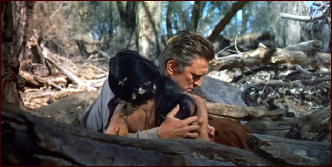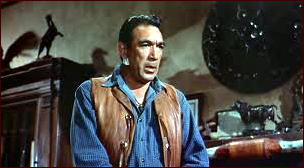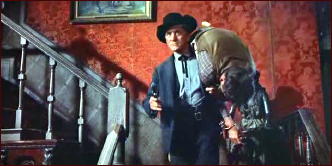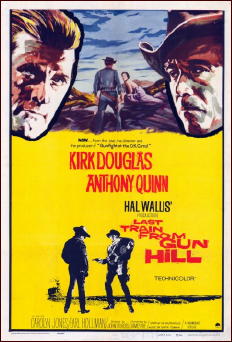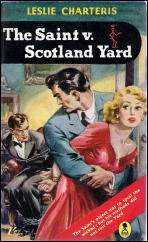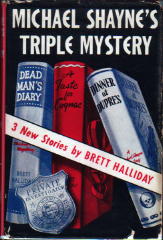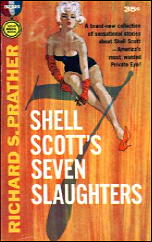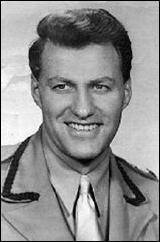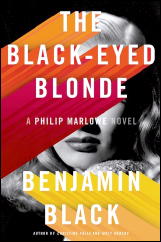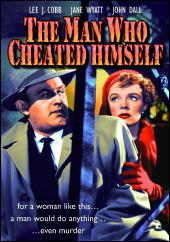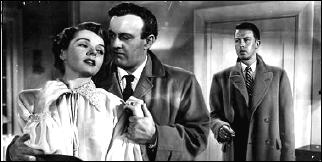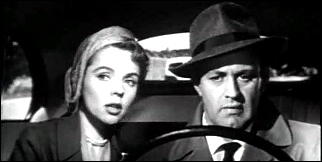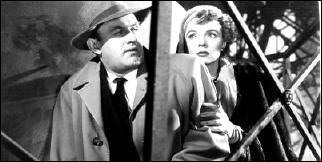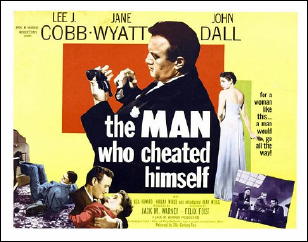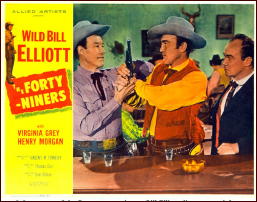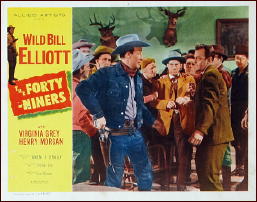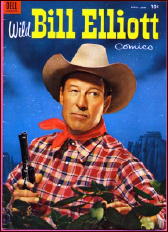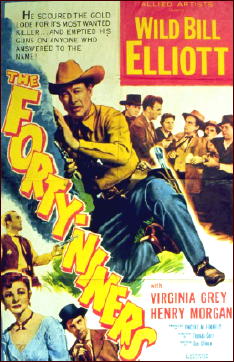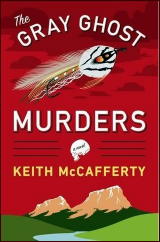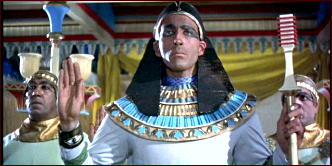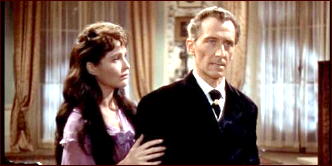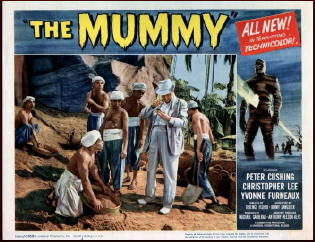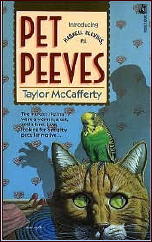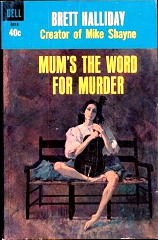WINDY CITY PULP CONVENTION 2014 REPORT
by Walker Martin
As many of you may know I love going to pulp conventions and I’ve been attending them since 1972. I have a maniacal desire to read and collect old books and pulps. I realize it may be an addiction and a vice but it doesn’t seem to hurt my health or finances like drinking, drugs, gambling, or chasing women. Well at least it didn’t hurt me until this convention.
For the last few months my legs have developed a pain which bothers me while sitting and sleeping. I’m often awakened at night by the pain and I’ve yet to find a comfortable position to sleep. I’ve seen different doctors and pain pills don’t help that much. A nerve doctor said maybe my back problems was the cause and I have scheduled further x-rays and MRI’s. But the main thing the medical profession agreed on was that I would not be taking any 15 hour trip to Chicago. (Airplanes are a problem because of claustrophobia and limited bags to bring back pulps.)
Needless to say, being the insane collector that I am, I ignored all medical advice and on Thursday, April 24, I was in a car heading from Trenton, NJ to Morristown, NJ, where I was one of five collectors who had rented a big van. After an hour in the car, and even before getting to the van, I was in distress and reminding myself that I was a book collector and reader and nothing was going to stop me. I had to keep saying this to myself several times during the trip, which I now refer to as Death Trip 2014.
But somehow, 15 hours later, I limped into the Westin hotel near Chicago and thought only about going to my room and having a stiff drink, pain pills or no pain pills. But in my room, the usual desire to meet other collectors and talk about books and pulps, kicked in and I went to the hospitality room. Once there, I stationed myself against the wall near the refrigerator where the beer was and I proceeded to drink, thinking By God, I made it.
And I’m glad I did because I met a man who runs one of the very best pulp blogs. Sai lives in India and administers a blog called Pulpflakes. A great name for a great website and it’s all about pulps, the authors, the editors, the artists, the magazines. This was Sai’s first pulp convention.
Another interesting person was Mala Mastroberte, the queen of the pulp pin-ups. Ed Hulse had the great idea to have her at his BLOOD n THUNDER table and perhaps it was too great an idea. I heard more than one collector refer to table not as the BLOOD n THUNDER or Ed Hulse table, but as the Mala table. Mala was a big hit and fortunately she had her boyfriend to watch over her because some collectors are all about the books and they don’t know how to act around women. Nothing worse than a leering bookworm. I ought to know.
But don’t feel too sorry for Ed Hulse because he stumbled across the find of the show. Shortly after the convention opened he bought several long comic book boxes of ALL STORY. Most seemed to be priced at $5.00 and included several Edgar Rice Burroughs issues. Most were from 1917-1920 and there were over a hundred. I need one issue from this period and since I only need a total of 4 to complete my set, I was naturally very excited and figured the issue had to be there.
Since we were all busy the first few days of the convention, there was no time to look through the magazines until Sunday afternoon. With great anticipation I watched as the magazines were sorted into years and then into months. The issue I need is dated July 7, 1917 and I noticed there were 11 months well represented from 1917. But one month was completely missing. You guessed it. No July issues at all.
There is nothing more embarrassing than seeing some old guy sobbing because he needs a pulp. I managed to control myself and slunk off to the bar to drown my sorrows. I can deal with leg pain but not with missing out on my book wants.
A good friend of mine told me about his find. He bought over 50 WEIRD TALES from the 1930’s for only like $25 to $45 each. I couldn’t believe such good luck and almost had him convinced that something must be wrong with the issues, perhaps pages excerpted or poor condition. But no, the magazines were ok.
At this point I’d like to talk about the importance of attending these conventions, not only Windy City, but Pulpfest and the few one day shows that are held. I realize there are valid reasons for not attending, such as poor health and lack of money. But I’ve always forced myself to figure out someway to attend because I find so much not only in the dealer’s room but through friends and contacts. For instance I managed to get the several lots I wanted in the auction. If I had stayed home because of my leg problem, I never would have gotten them.
And the conventions revive your interest in collecting, which I seriously believe is one of the joys of life. I actually feel sorry for non-collectors and people who call collectors the dreaded “hoarder” name. (There is a big difference in meaning between “collector” and “hoarder” but that’s another subject that many non-collectors simply do not understand at all.)
Collecting has helped increase my desire to keep living, otherwise I might just pine away and eventually waste away like many of my non-collecting friends. I would have to say collecting books and pulps is the grandest game in the world and one that can give your life meaning.
Now you might ask what did I get after all the trouble described above? Well, one problem with living a fairly long life is the chance that you might start to run out of things to collect. I guess at one time or another, I’ve collected just about every major pulp, digest, and literary title, including many slicks. I never bothered with the love, sport, and aviation genres but I’ve been involved with most other titles.
So my wants are getting kind of esoteric and bizarre. A few issues here and there to complete sets. A few pulp artists or magazine cover paintings. Many years ago I used to collect the hero pulps but I sold them all. But the auction listed several lots of the SHADOW digests. They had most of the issues from 1944-1948, a total of 40 in all.
I was interested in these issues because the magazine became more of an adult crime magazine during the post war years. Returning WW II vets did not give a damn about the Shadow but the back up stories and novelettes were of interest. I managed to be the high bidder on all the Shadow digest lots, a total of 10 lots. The average price came out to only $21 per issue which was far lower than the $50 -$80 prices that I saw in the dealer’s room.
Another item I desperately wanted was a preliminary sketch by artist Lee Brown Coye. The finished piece of art in FANTASTIC, February 1963, I think is stunning and I noticed the preliminary drawing was very detailed and close to the finished art. Again, I was the winning bidder at $650.
Speaking of the auctions, there were two that lasted several hours during the evening. The Friday auction was mainly from the collections of the Jerry Weist estate and the Robert Weinberg collection. The Jerry Weist items were mainly very nice condition SF magazines and the Weinberg collection included some stunning SF correspondence, cancelled Munsey and Popular Publications checks and all sorts of interesting items.
The original manuscript of C. L. Moore’s “Black God’s Kiss,” which appeared in WEIRD TALES, October, 1934, bought the highest amount of money I’ve ever seen at a pulp convention auction: $4,500 plus the $500 buyer’s premium. That’s $5,000 for an iconic, unique item.
Some other authors represented by checks and letters were L. Ron Hubbard, Farnsworth Wright, Henry Whitehead, Abraham Merritt, Austin Hall, Homer Eon Flint, Edgar Rice Burroughs, Murray Leinster, Isaac Asimov, Fred Pohl, Otis Adelbert Kline, George Allan England, Algis Budrys, Eric Frank Russell, and others too numerous to name.
The Saturday night auction was made up of over 100 lots listing most of the issues of the SHADOW magazine. Most issues went for reasonable prices. Following the SHADOW auction there were almost another 100 lots listing various pulp magazines but there also was a Frank R. Paul illustration from FANTASTIC NOVELS which went for $800.
The Windy City show is not just the dealer’s room and auction, though that’s what most collectors are interested in. There also was a very large art show with quite a few pulp paintings and illustrations from the collections of Doug Ellis and Deb Fulton, Robert and Phyllis Weinberg, and others. Ed Hulse put on his usual fine film show which lasted all day and even after the auction in the early morning hours. The themes celebrated the 95th birthday of BLACK MASK and WESTERN STORY.
There were two panels after the dealer’s room closed. The first one was on a subject that was very much needed but had often been ignored over the years at Pulpcon. The Western Pulps panel was comprised of Ed Hulse, Walker Martin, and Tom Roberts. In about an hour we tried to make up for lost time and discuss major elements of this important topic. Which of course is impossible since there were scores of western titles and it was the biggest selling genre by far except for perhaps the love pulps.
I gave my opinion concerning the best western pulp magazines, all of which I have collected over the years. The biggest of all was WESTERN STORY, 1919-1949 with over 1250 issues. I need about 11 issues including the first one and I’ll never be able to complete the set but I have hopes of getting it down to single digits.
The second best and some would say even better than WESTERN STORY, was definitely the Doubleday issues of WEST during 1926-1934. During this 8 or 9 year span the magazine was often published on a weekly and bi-weekly schedule and had all the good authors. It was sold to another publisher in 1935 and continued on for many years but not at the Doubleday level. Third and fourth best would be DIME WESTERN and STAR WESTERN and some feel they were the best westerns published by Popular Publications.
We now live in a era that has no western short fiction magazine and this is hard to believe when we look back to the 1930’s and 1940’s when the newsstands groaned under the weight of these titles.
There were many interesting western writers and some of my favorites are Luke Short, W.C. Tuttle, and Walt Coburn. Coburn had a drinking problem and this showed in some of his work but when he was feeling good and sober, he was one of the best because he grew up on a working cowboy’s ranch and knew how the men dressed, talked, and rode. Black Dog Books will soon be publishing a collection of Coburn’s fiction from WESTERN STORY. Keep an eye out for BULLETS IN THE BLACK by Walt Coburn. Introduction by the great James Reasoner.
My old friends of 20 or 30 years ago would have said that I have committed sacrilege by not including Max Brand. Max Brand collectors used to be all over the place at Pulpcon, collecting the pulps, binding the stories into home made books, writing articles and talking about him. In fact, if they were still alive I would not dare say anything negative about Brand. Not if I wanted to keep their friendship. They loved Max Brand and for over 50 years I’ve tried to love him also. Some of his work I like and some I hate. I now would have to say that Max Brand wrote too much and too fast and that’s going to hurt him as far as being remembered.
The Second panel was on Saturday night and discussed Hammett, BLACK MASK, and the Detective Pulps. Moderated by John Wooley along with such experts as Ed Hulse, Digges La Touche, and Bob Weinberg. I was so jealous about not being on this panel that I tried to pick a fight with Digges by yelling at him, “So You’re the expert on Earle Stanley Gardner!”. But I didn’t have enough to drink to be drunk enough, so they ignored me.
Bob Weinberg did make one interesting statement about the cover art of DIME DETECTIVE being better than the covers of BLACK MASK in the 1930’s. Maybe the late thirties yes, but when Paul Herman, another BLACK MASK art collector, and I heard this, we started muttering that though we love and have covers from DIME DETECTIVE, the early 1930’s covers of BLACK MASK are amazing. Joe Shaw made sure the cover artist captured the tough, hardboiled, atmosphere of the magazine.
The funny thing is that someone told Bob Weinberg about my disagreeing with him. Later on, he approached me and told me I was wrong, and how could I say such a thing, etc. But this just shows why Bob and Paul and I, are pulp art collectors. To collect cover art you must be opinionated and passionate about the subject. Otherwise you don’t collect original art at all.
The program book, which is compiled and edited by Tom Roberts, is excellent. About 50 pages on the detective pulps, another 50 pages on the western pulps, and 50 pages on art and film. I’m certain you can get a copy from Black Dog Books.
On Sunday, I talked with Doug Ellis about the attendance. He said they broke 500 for the first time ever (the most the old Pulpcon ever had was 300) and had 150 dealer’s tables. I spent the entire three days limping around the room and the place was always busy. The old Pulpcon used to have periods where it looked deserted but you don’t see this at Windy City or Pulpfest.
So, on Monday morning, in a steady rain, we just barely crammed in all our treasures into the great white van. There were a couple times I almost said to stop the van, so I could get out, but we made it back to Morristown in about 14 hours. I was so exhausted that I wondered if I could make it to the car for the ride back to Trenton. We transferred all the boxes to Digges’ car and were ready to go. I told myself, look I just made 14 hours, I can make another hour or so. Then Digges told me the car battery was dead and the car would not start.
At this point the details are a sort of blur for me. I remember standing in the dark and thinking what now? If it was up to me, I’d still be standing there. Fortunately Ed Hulse’s sister let us come into her house even though it was late and gave us coffee. She even called her Triple A and had them jump start the car. So off we finally went.
Now the big question is will I be able to make to Pulpfest, August 7, 2014? Collectors, you better believe it!

